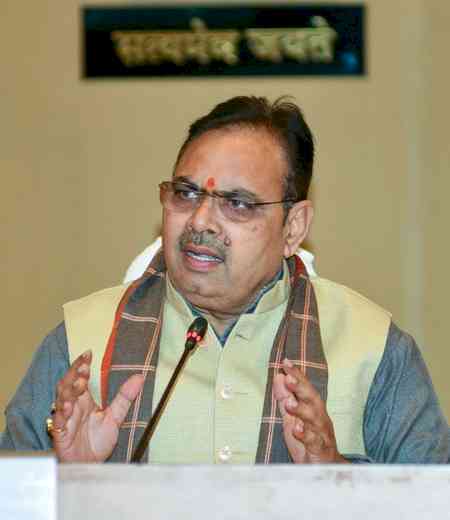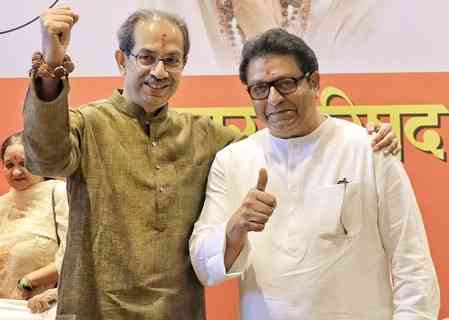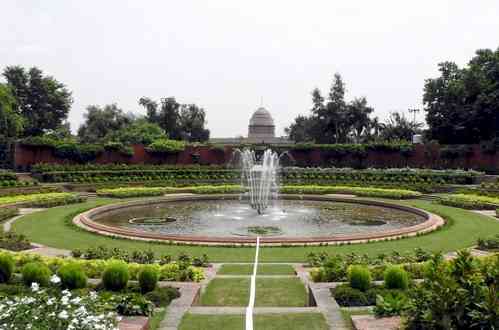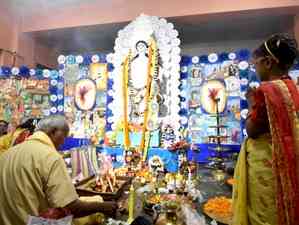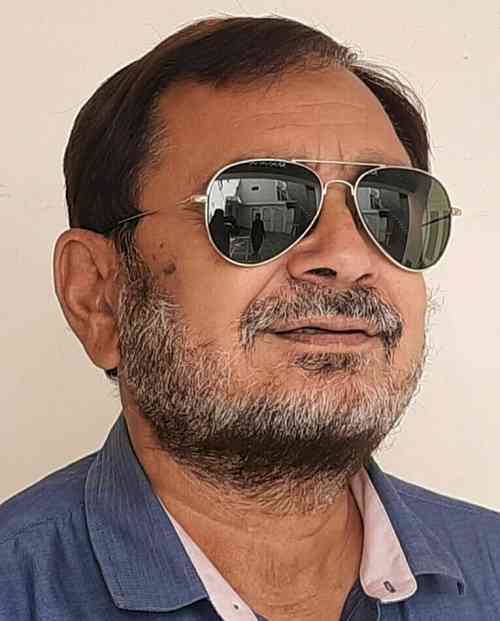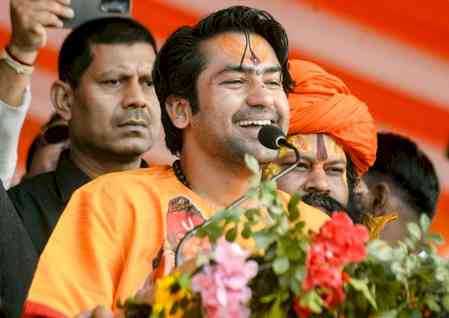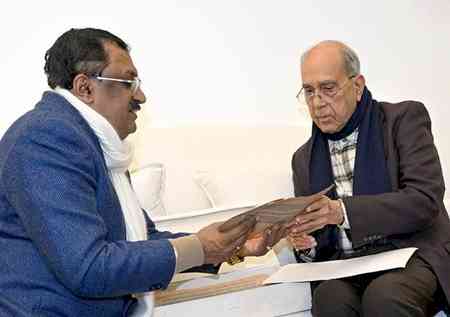Despite its enemies doing their damnedest, spirit of Sufist Kashmir lives on
The holiest Kashmiri Hindu shrine of Mata Kheer Bhawani in Tullamulla village of Ganderbal district, has been the abode and icon of Hindu-Muslim brotherhood for centuries. No local Hindu would enter the deity's temple shrine at Tullamulla after having non-veg food and equally reverent of the goddess, no Kashmiri Muslim, till date, enters the temple shrine after eating non-veg food.
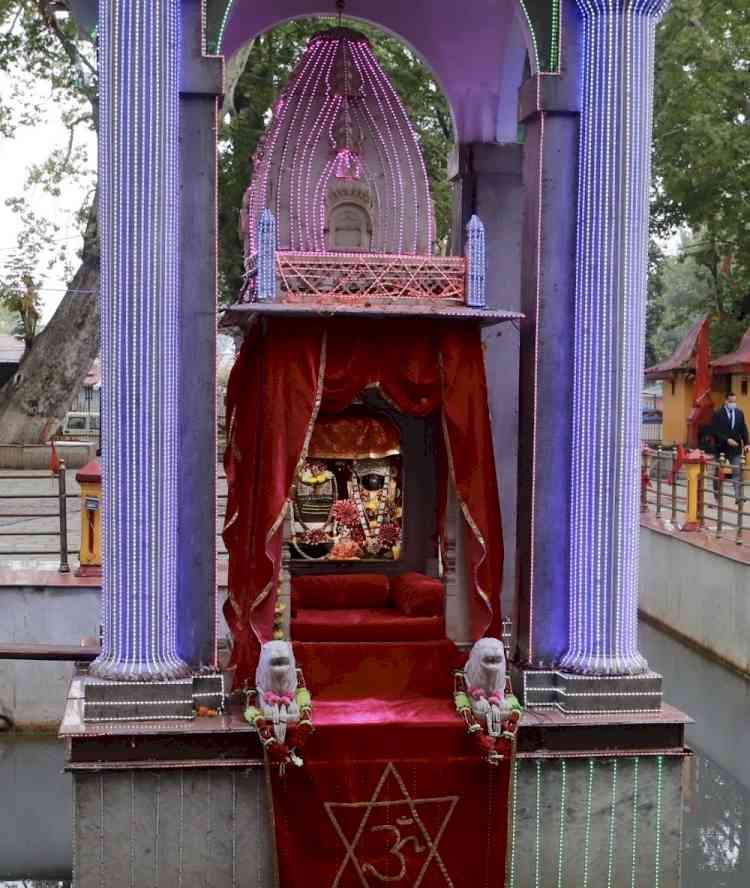
Sheikh Qayoom
Srinagar, March 26 (IANS) The holiest Kashmiri Hindu shrine of Mata Kheer Bhawani in Tullamulla village of Ganderbal district, has been the abode and icon of Hindu-Muslim brotherhood for centuries. No local Hindu would enter the deity's temple shrine at Tullamulla after having non-veg food and equally reverent of the goddess, no Kashmiri Muslim, till date, enters the temple shrine after eating non-veg food.
The symbolic brotherhood between communities is reflected during the annual festival at the Kheer Bhawani shrine. Kashmiri Pandit devotees throng the shrine from different parts of the country while the local Muslims wait with earthen milk filled pots to welcome the Pandits at the gate of the temple shrine.
The spring inside the shrine is worshipped by Pandit devotees while the local Muslims share the belief that the colour of the spring during the days of the annual festival forecasts the events to follow. "In 1947 when the 'Kabalis' (Tribal invaders) came to Kashmir, the colour of the spring was black.
"My father told me that year that Kashmir is going to witness the worst", said Ghulam Rasool, 80, a resident of Tullamulla village.
Religion is the bedrock of the local Pandit's belief in the goddess at the Tullamulla shrine while tolerance, compassion and coexistence form the bedrock of the local Muslims respect for the deity. The temple is constructed over the sacred spring. The goddess has many names including Rajna or Ragyna along with variations in honorifics such as Devi, Mata and Bhagavati.
The term 'Kheer' refers to milk and rice pudding that is offered to propitiate the goddess. The annual festival is held during 'Jyeshtha Ashtami'.
According to legend, Ragyna was pleased with the devotion of Ravana and appeared before him. Ravana got an image of the goddess installed in Sri Lanka. The goddess subsequently became displeased with Ravana's ruthlessness. With the help of Hanuman, she came to Tulmul as the place is called in Sanskrit records. The night of her arrival in Tullamulla is called Ragyna Rathi.
Swami Vivekananda had visited Kashmir. During his worship at the Kheer Bhawani temple, the condition of the temple that time is believed to have concerned Vivekananda. In 'The complete works of Swami Vivekananda' the goddess tells him, "It is my desire that I should live in a dilapidated temple, otherwise, can I not immediately erect a seven-storeyed temple of gold here if I like? What can you do? Shall I protect you or shall you protect me!"
The current form of the spring, temple pond and the temple were built during the reign of the Dogra Maharaja, Pratap Singh.
Despite the exodus of the local Pandits from Kashmir, their devotion to the patron Hindu goddess of Kashmir, Mata Ragyna remains unshaken.
Each year, during the festival, Pandits living in different parts of the country after getting uprooted from their native land, throng the temple in hundreds. To prove the doomsday fathers wrong, local Muslims in dozens wait with milk filled earthen pots to welcome their Pandit brothers. The spirit of Kashmir lives forever, despite the enemies of Kashmir's eclectic culture having done their damnedest to silence it.


 IANS
IANS 
